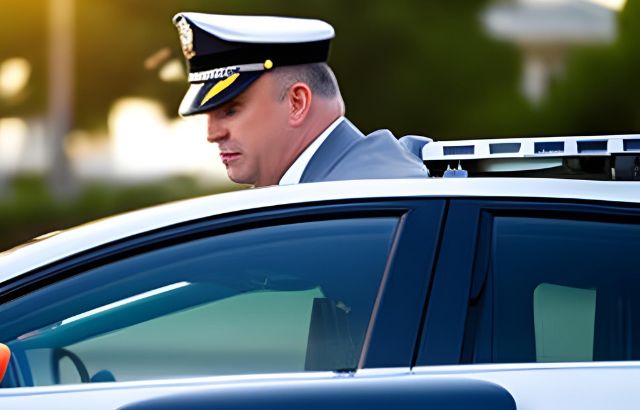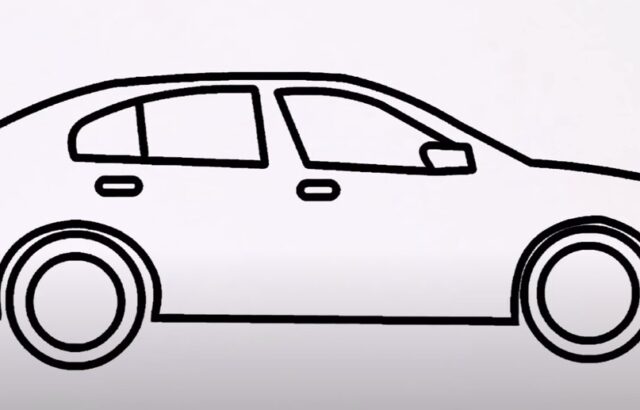
When a car is reported stolen, it sets off a multifaceted investigative process to recover the vehicle and apprehend the culprit. Law enforcement agencies employ a structured approach that begins with immediately collecting all pertinent information about the stolen vehicle—such as its make, model, color, and license plate—and any unique identifiers like VINs or specific dents, decals, or stickers. This data is then promptly entered into national and local stolen vehicle databases to alert other departments and increase the odds of identification during routine checks.
Police may also immediately carry out an initial search of the area where the vehicle was last seen and interview any available witnesses. Reviewing nearby security footage often provides crucial leads. More advanced technologies like Automatic License Plate Readers (ALPRs) may be used to scan license plates on the move, providing real-time alerts to police if a stolen vehicle is detected. Some modern vehicles come equipped with built-in GPS systems that can help track the vehicle’s location, making recovery quicker and more efficient.
Additionally, the investigation often involves less technical but equally effective traditional methods. Investigators might scrutinize online marketplaces and social media platforms for signs of the stolen vehicle being sold or displayed. Known offenders and local chop shops, where stolen cars are often dismantled for parts, may also be scrutinized. Police may collaborate with other law enforcement agencies, sharing crucial data and updates, which could broaden the search and pool of resources. The ultimate goals are to recover the stolen property safely, return it to the rightful owner, and ensure that justice is served by apprehending and prosecuting the responsible parties.
What Do Cops Do When a Car is Reported Stolen?

Immediate Report Filing
- As soon as the theft is reported, police file a report.
- Details about the car, owner, and theft circumstances are documented.
Enter Information into the NCIC
- Police input the car’s details into the National Crime Information Center (NCIC).
- This database is accessible by law agencies nationwide.
On-Ground Surveillance
- Officers on patrol are alerted.
- They keep an eye out for the stolen vehicle.
Review Surveillance Footage
- Police may request CCTV footage from nearby locations.
- This footage can provide clues about the thief.
Investigate Known Offenders
- Some thieves are repeat offenders.
- Police might check with known criminals in the area.
Coordinate with Other Departments
- Local law enforcement teams work together.
- They share information about similar crimes or patterns.
Regular Follow-ups
- Victims receive updates about the investigation’s status.
- It ensures transparency and keeps victims informed.
How Do Police Investigate a Stolen Car More Thoroughly?

Please read our detailed guide here for a deeper understanding of the investigative process.
My Opinion
Having a car stolen is stressful. However, knowing that law enforcement utilizes a multifaceted approach can provide peace of mind. From databases to on-ground surveillance, they pull out all stops to locate stolen vehicles.

I am an Automotive specialist. I graduated from Michigan with Bachelor in Automotive Engineering and Management. Also, I hold degrees in Electrical and Automation Engineering (BEng), Automatic and Industrial Electronic Engineering, and Automotive Technology. I have worked at General Motors Company for over five years as the Marketing Operations Production Coordinator. Now, I own my garage in Miami, Florida. I love cars and love to share everything about them with my readers. I am the founder of the Automotiveex blog, where I share everything about automotive, like car news, car mechanical issues, and anything else that comes up in my blog posts.










